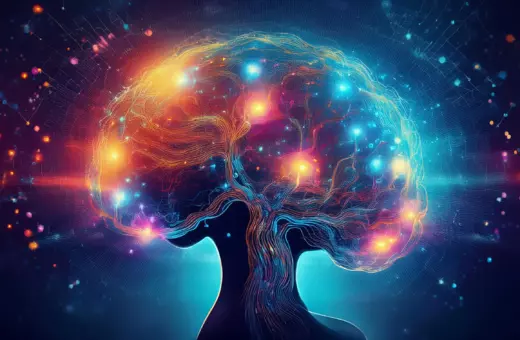The problem of consciousness is one of the hardest facing science and philosophy today. But in order to inquire fruitfully into this great problem, we first need to make sure we are asking the same question, and have an adequate initial clarification of what we are talking about. There are perhaps five leading ideas in the existing philosophy and science of consciousness: qualia; what it is like for something to be that thing; subjectivity; intentionality; and phenomenality. Each of these five ideas has advanced inquiry in different directions, but they have all failed to provide an initial clarification of the subject. They demonstrate the unfortunate fact that minds are not meeting – we seem concerned with different subjects.
As a result of this disagreement about definitions of consciousness, we have seen the emergence of a number of competing theories. There is a clear confrontation between functionalism and mentalism, for example, and, most obviously, a confrontation between the different subjects of mentality in general and conscious mentality somehow conceived, maybe conscious mentality inchoately conceived as actual consciousness.
I propose that consciousness clarified as consciousness in the primary ordinary sense, as actual consciousness, is the rich fact of what is subjectively physical in the three ways. That is to say, first, that if you look at advocacy of the five leading ideas, you can accumulate data in fact owed to our hold on our consciousness, linguistic data that records our knowledge of our consciousness. This is consciousness in the (or a) primary ordinary sense. You can add to the evidence right now by reflecting on what it is for you to see the room you are in without attending to it. You can add to the data as well by thinking it must be getting on for 7 o'clock, and wanting to hear the radio news.
In a metaphorical or at least figurative generalisation, to be conscious in perceptual, cognitive and affective ways is something's being actual. This is what it is to be conscious in the primary ordinary sense. This consciousness can rightly have the name of being actual consciousness. You can follow what may be the most common early step of method in science and the rest of inquiry. That is to attempt to proceed from the figurative to the literal. You can answer literally two general questions. What is actual with each of the three sides of consciousness (perceptual, cognitive and affective)? What it is for it to be actual? A general theory or analysis of consciousness will consist in those answers and their elaboration.
You can then proceed towards the answers, different in the three cases, by looking over the weaknesses and strengths of dominant theories of consciousness at this time, these being abstract functionalism and physical functionalism, and then considering an additional raft of theories. The functionalisms and the other theories illustrate the proposition of disagreement being owed to no common subject, most notably with respect to conscious mentality or unconscious mentality or both. More importantly, you can complete a set of conditions of adequacy for a theory of consciousness. You can proceed further by considering what it is for something to be physical in at least the dominant sense in science and philosophy. That is, what is it to be objectively physical.



















Join the conversation